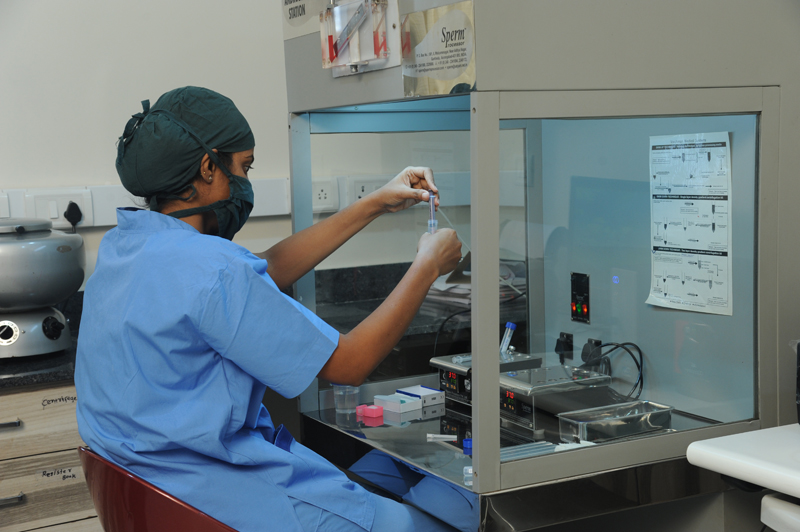Parenthood is the most beautiful experience a couple can cherish…
And it can be better cherished and valued, when the child is prayed for and awaited. The endurance, longing and despair that come with infertility shall now be put to an end, as we rise with a ray of Hope to fill your life with wonderful laughter of a bundle of joy!
Our infertility specialist and the multidisciplinary team collaborate to ensure that you get the best possible care. The experts are a valuable resource, providing you with a wealth of educational materials and guidance throughout your health care experience. ISHA aims to deliver the highest quality of care, in a friendly and comforting environment and aims at fulfilling the needs of the patients with the best possible care and technology, at par with international standards.

